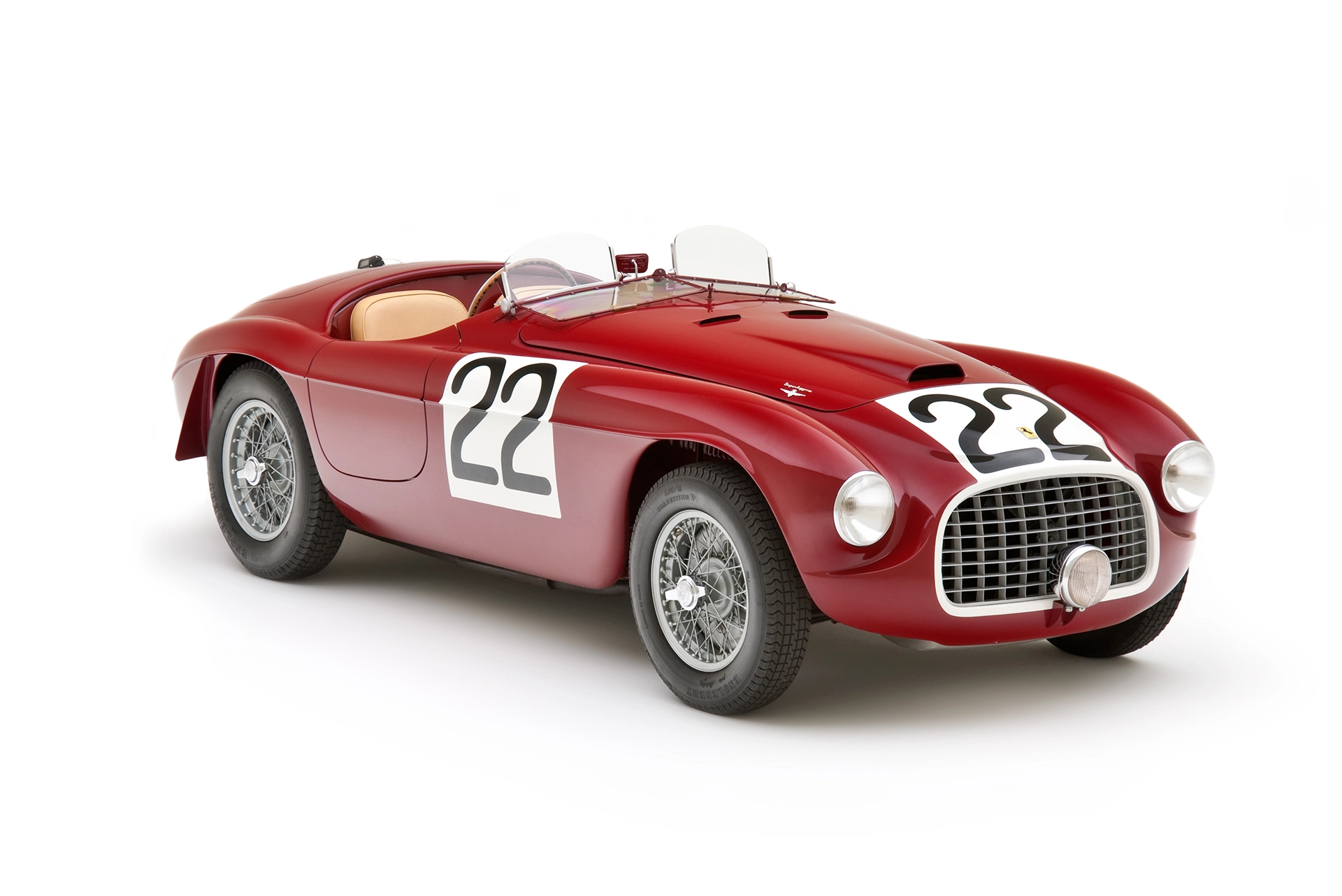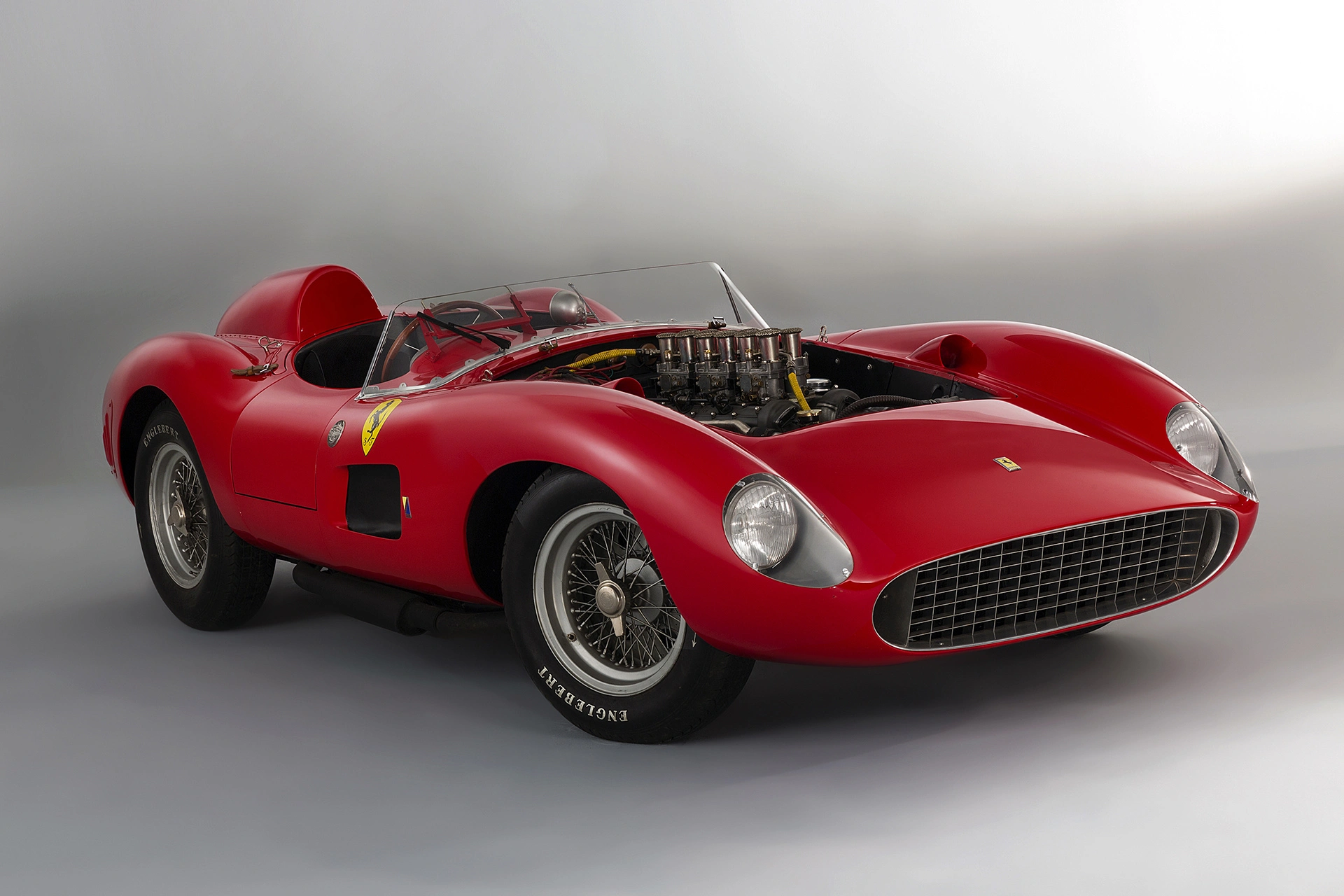Ferrari’s Technological Innovations Part 5: 1961 - Discovering Air as an Ally
12 October 2024 6 min read 6 images

Photo credit: Bugatti, Ferrari, Mercedes-Benz, RM Sotheby’s, Wheelsage
Today's race cars are designed to maximize downforce for optimal performance. It’s incredible to think that before 1960, the potential of air resistance wasn't fully realized. In fact, early cars focused solely on reducing drag for maximum speed, neglecting the benefits downforce could provide in cornering. The last example of such ultra-aerodynamic cars was the Mercedes W196 R from 1954, streamlined and smooth like a bar of soap.
Register to unlock this article
Signing up is free and gives you access to hundreds of articles and additional benefits. See what’s included in your free membership. See what's included in your free membership.
Already have an account? Log In


